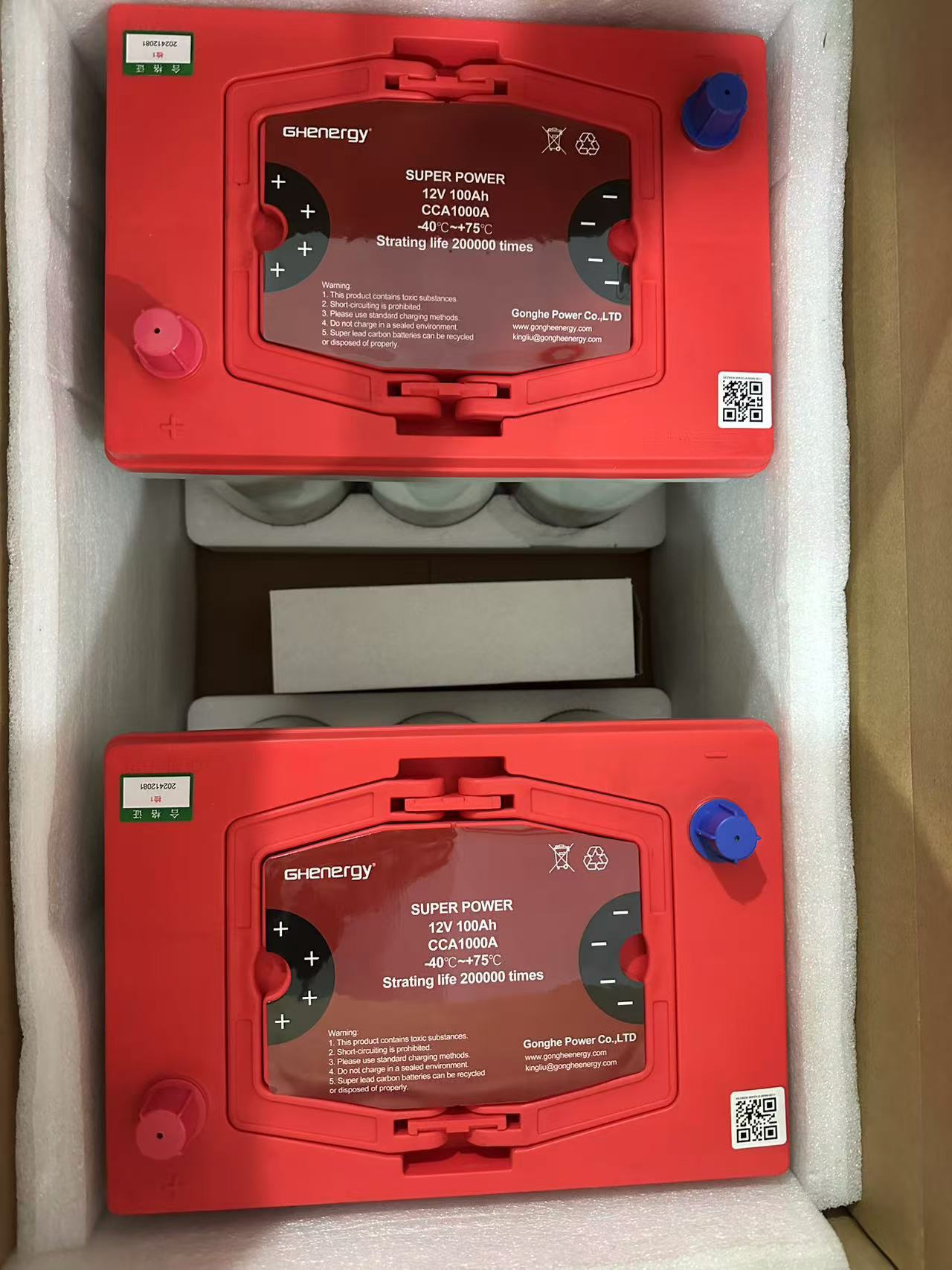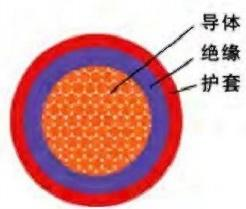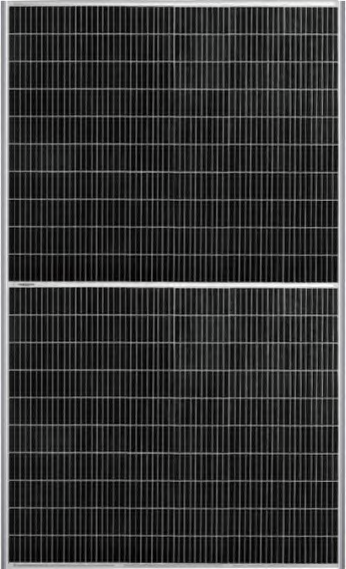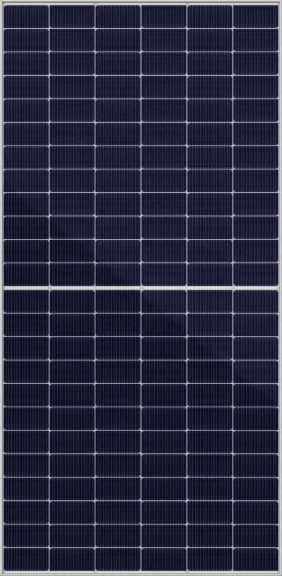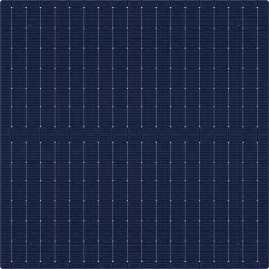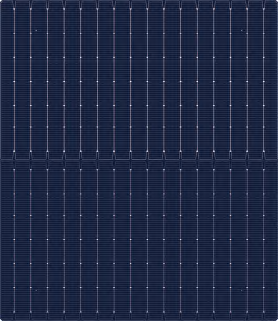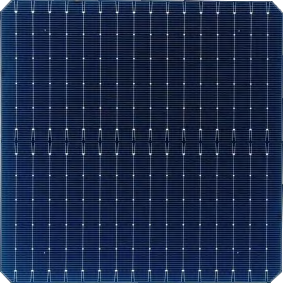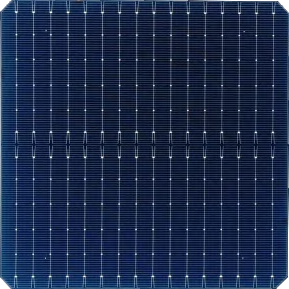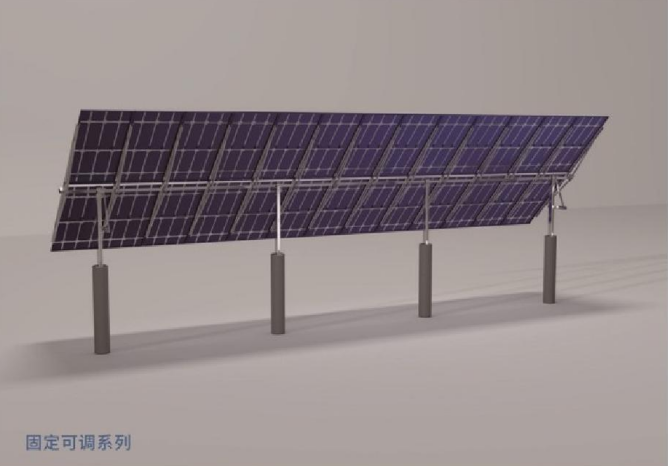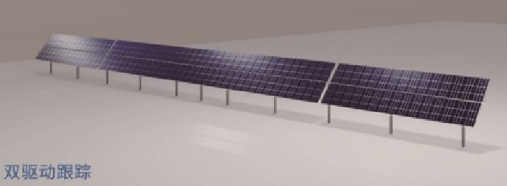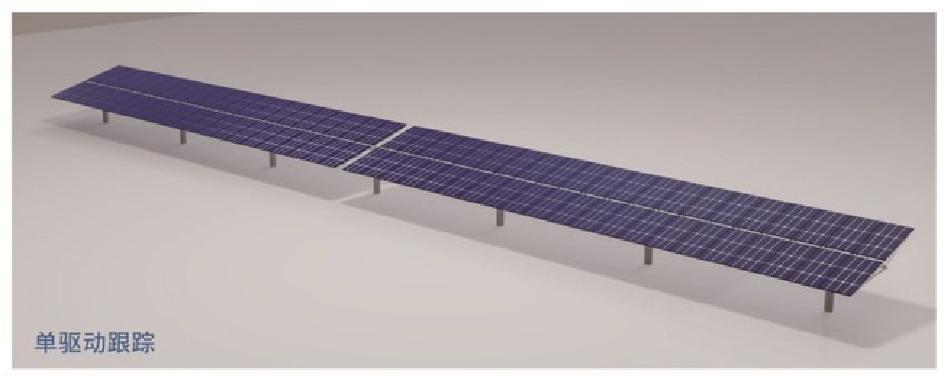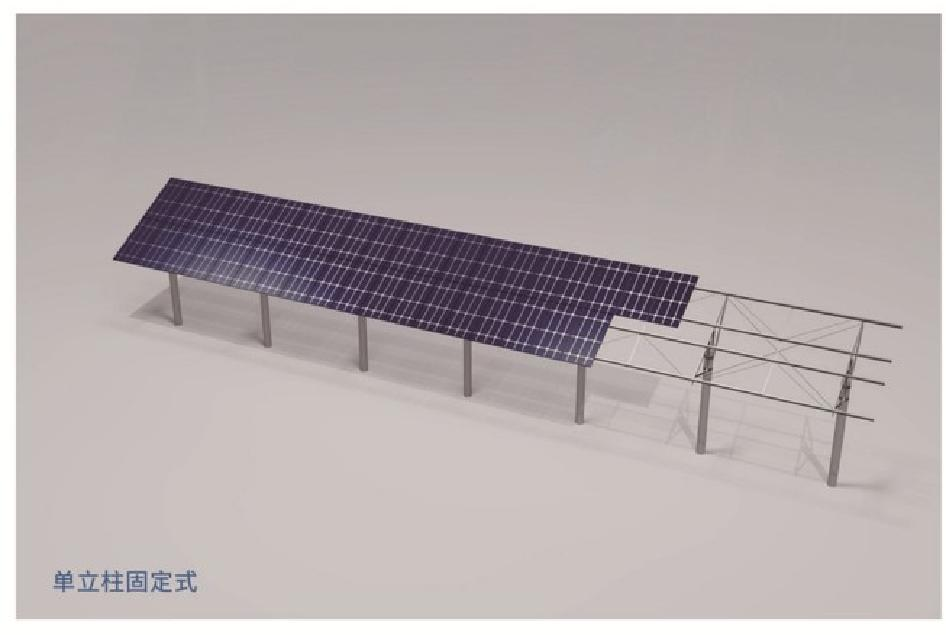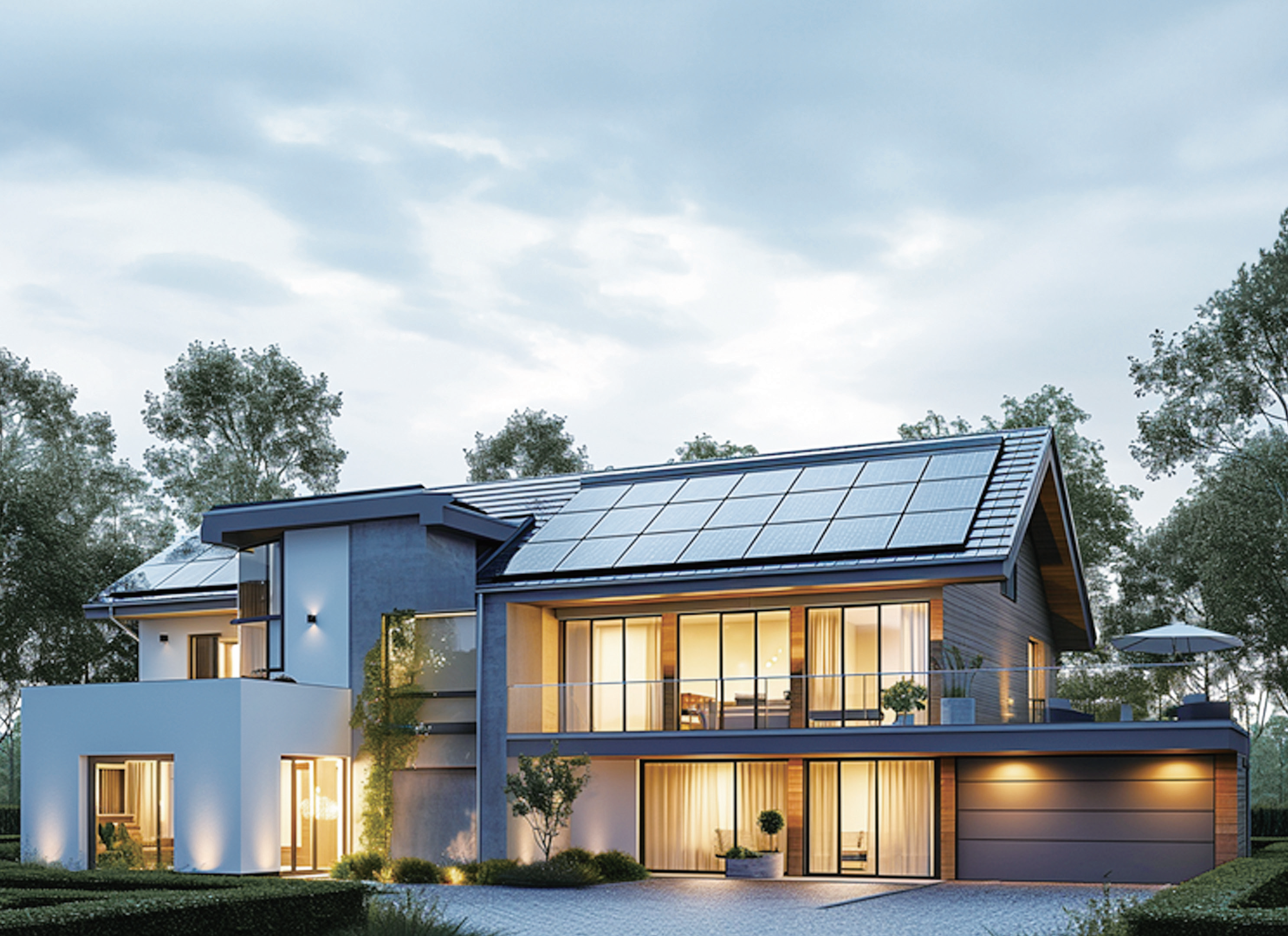Wedoany.com Report-Jan 18, Clean Energy Associates (CEA) issued a global PV cell and module supply report, noting that the United States’ supply chain is “more than sufficient” for current deployment levels.
The report noted that a slow Q2 and Q3 for deployment in 2024 has led to a sufficient level of supply from PV imports.
However, CEA highlighted two potential bottlenecks to installation in the United States: transformer supply and a lack of skilled labor.
CEA said U.S. utilities have restrictions on what types of transformers can be used in regional projects. These restrictions usually require non-China equipment. However, the supply of transformers outside of China is limited and is not set up for mass production at scale.
“Most foreign transformer firms compete against China, are conservative in expansions, and transformers are labor-intensive and highly customized per order,” the report said.
CEA noted that transformer suppliers have announced significant expansions for new manufacturing in the United States, but it will take several years for new manufacturing to come online and support demand growth.
As for the labor shortage, this issue is less pronounced, CEA said. The number of available workers for every job opening in the construction sector remains near parity, with 1.09 workers available for every 1 job. CEA said while there currently are no deficits in workers, the relative parity means there are sometimes bottlenecks in labor for engineering, procurement and construction (EPC) firms to fulfill a growing number of projects.
Product types
The global supply report from CEA covers a wide range of manufacturing and supply related issues in solar.
The report noted that average winning bids for module supply deals in the Chinese market are about $.10 per W. It also highlighted that almost all new public tenders are for n-type solar products, with HJT commanding a premium price.
Furthermore, bifacial products, or solar modules that capture and convert sunlight on both sides, have commanded price premiums due to their increased output over monofacial modules.
